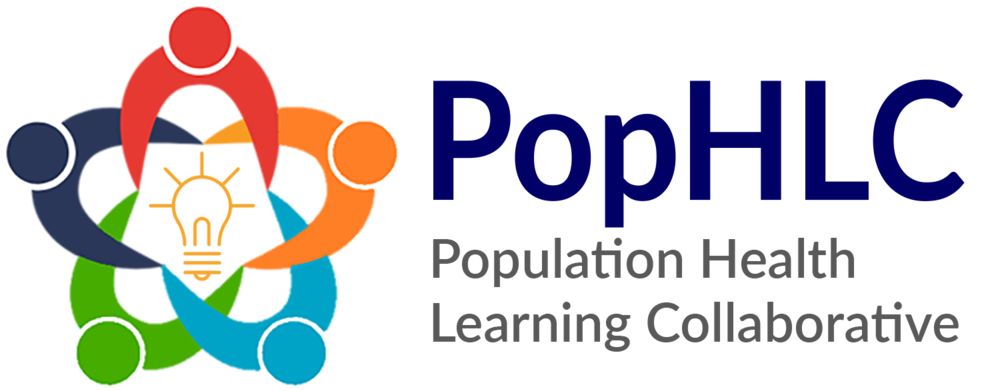Five Ways to SUPERCHARGE Your ACEs or Early Childhood Coalition
January 25 / February 22, 2022 | Now ON-DEMAND
This webinar was originally planned to be essentially a repeat of the January 25 webinar, but we have added a new partner and panelists--and we're featuring a new example topic. The momentum is growing!
This webinar has valuable, practical information for any coalition that serves children and youth, with a focus on preventing or addressing trauma (including topics ranging from housing insecurity to child abuse or trauma from the foster care system)
The COVID-19 pandemic has created unprecedented needs in most communities. The health and economic disparities that were alarming before the pandemic have grown worse in the past year. Vulnerable children (and teens) often suffer the most harm.
Coalitions that work to prevent and address Adverse Childhood Experiences (ACEs) and that strive to improve Early Childhood Development play a vital role in helping solve these complex challenges.
This webinar focuses on five powerful ways that these social impact coalitions can dramatically increase their effectiveness and impact in 2022 and into the future.
Collaborate to Tap into Unprecedented Funding Sources of the American Rescue Plan (ARP)
Make the Most of “Multiplying Resources”
Divide & Conquer to Streamline the Development and Implementation of Community Strategies
Use the ACEs & Resilience Resource Commons for Communities (ARRCC) Wiki
Adopt “strategy management” techniques to support successful implementation over several years.
If you lead (or are a member of) a coalition that hopes to accelerate and enhance your efforts to achieve “collective impact” in your community, then you’ll find a lot of value in this webinar. You’ll learn about ways to:
get money for your coalition or projects,
save huge amounts of time,
build your coalition’s capacity for “co-alignment”
better manage the many types of information needed for long-term success.
Participants who fill out a post-webinar survey will gain access to a wealth of additional information!
Tap into ESSER Funding
If you are not familiar with the $190 Billion going to school districts through the American Rescue Plan’s ESSER (Elementary and Secondary School Emergency Relief) program, then watch this 7-minute video to see why this is such an amazing program for community coalitions working to help children and students.
Adopt State-of-the-Art Practices for Coalition Success
Participants will learn about powerful techniques and tools that have been featured in a peer-reviewed article in the Journal of Change Management.
>> See a 7-minute sample video about some of these techniques.
You’ll learn about an 8-month program to empower your coalition to break down silos and more effectively work together using “community strategy management” techniques. Listen to this 60-second testimonial.
The webinar shares practical approaches that Bill Barberg wrote about in a highly acclaimed chapter on Implementing Population Health Strategies for the book,
This webinar is part of a series of webinars designed to help your community get better outcomes.
The audience for this webinar is community coalition and non-profit organizations that help infants, children, students, youth, and parents. It is also excellent information for coalitions working to minimize or address homelessness among young families or teens—a major source of trauma.
Watch the recording of the webinar on Tuesday, March 1st, that is designed for school district leaders and staff who are receiving huge amounts of money from the states via the ESSER program, but who need help in using it wisely for the greatest and most lasting impact.
Engaging Local Coalitions to Help Students (using ESSER Funding)
>> A quick explanation by Bill about this webinar series (2:30 min)
Speakers
Bill Barberg, a co-founder of the Population Health Learning Collaborative, is the President and Founder of InsightFormation, Inc., a Minnesota-based consulting and technology company that helps communities, regions, and states address complex social and health issues that require multi-stakeholder collaboration. His deep background in strategy implementation has been featured in dozens of conference presentations and webinars, and he both organized and hosted the recent virtual summit on Innovations in Naturally Affordable Housing. He has been a pioneer in many projects that have pushed forward the practices for achieving Collective Impact on a wide range of issues—from addressing the opioid crisis to transforming housing re-developments into Communities of Hope in Detroit.
Bill was selected to write the chapter on “Implementing Population Health Strategies” for the book, “Solving Population Health Problems through Collaboration” (Routledge, 2017). His recommendations for using strategy maps is featured as a core recommendation in the new report by the National Academy of Public Administration. Bill recently co-authored a paper for the Journal of Change Management on “Leading Social Transformations to Create Public Value and Advance the Common Good”.
Quinn Gregory is the Executive Director of both the Sierra Community Medical Foundation and the Medical Society that serves a 5-county region in California, representing thousands of physicians. The SCMF serves as the backbone organization for collective impact efforts working to address ACEs and the opioid crisis. It is working toward becoming a Trauma-Informed Network of Care to help break down silos and improve whole-person approach to caring for people in the region.
Paul Chapman is the Director of Restore Hope in Arkansas. He has played a key role in advancing collaboration around people who are returning to communities after incarceration and in working to transform foster care in the state. He has been active in highly successful efforts to educate, equip and encourage faith communities to more effectively meet the needs of children in the foster care system and to significantly increase successful family reunification.




































